By Lev Facher
December 28, 2018
WASHINGTON — Drug pricing is on the agenda here in 2019. But with Republicans controlling the Senate and Democrats controlling the House — and neither party fully on board with the White House’s work on drug pricing — the next two years are unlikely to be an era of wholesale change for the country’s health care system or how prescription medicines are priced.
Congress could find some low-hanging fruit to address, to be sure, and the Trump administration could continue with a series of proposals to lower patient costs and government spending on drugs.
For real action, it might be best to look at state capitals, where ambitious drug-pricing overhauls are often more bipartisan. Even where they’re not, they present an opportunity for Democrats both to hint at a national agenda for 2020 and pass significant legislation in the process.
STAT examines the three states in which you can expect the most substantial drug-pricing changes to be considered — and the most heavy-handed pharmaceutical industry lobbying in response.
Maryland
The state capital in which pricing reforms might be most likely to move is the one barely outside the D.C. Beltway: Annapolis, Md.
Democrats pushing for drug-pricing changes have momentum there, after a substantial proportion of sitting lawmakers and state legislative candidates ran on a pledge to pass a controversial bill that would create a rate-setting board for all purchasers of prescription drugs, including private insurance plans.
Regulating drug costs much the way state boards regulate the cost of hospital procedures is an unpopular idea with the pharmaceutical industry, whose opposition batted the bill down in a previous legislative session. The proposal stems from one authored by Jane Horvath, formerly of the National Academy for State Health Policy, and is likely to be taken up in a number of state legislatures in the coming years.
Maryland lawmakers already passed an unprecedented law in 2017 to combat generic drug price gouging, but it was found to be unconstitutional — a ruling the state’s Democratic attorney general hopes to appeal before the Supreme Court.
Minnesota
Minnesota is yet another state in which some lawmakers are likely to push Horvath’s aggressive rate-setting proposal that regulates costs payers statewide will face for prescription drugs.
Leaders in the state legislature have also said they’ll try to pass a tax on prescription opioids. State Sen. Chris Eaton, a member of the Democratic-Farmer-Labor party whose daughter died of an overdose, has said that the drug industry helped create the crisis and should fund ways to end it.
Minnesota legislators have tried to pass a penny-per-pill tax but were thwarted by aggressive lobbying from drug makers. The trade group PhRMA has publicly opposed state efforts to tax opioids; New York has passed a similar law, which is currently facing a court challenge.
Nevada
State Sen. Yvanna Cancela, a Democrat who has a broad health care portfolio, is making prescription drugs central to her efforts. She’s already worked to pass a law requiring vastly greater transparency from insulin manufacturers, a feat diabetes advocates across the country have applauded her for.
Meanwhile, PhRMA has spent a half-million dollars on the Healthy Nevada PAC, a new group that formed just after the insulin-pricing legislation gained momentum. The PAC used the money to run ads opposing Cancela’s bill — which contains many similarities to a recent bipartisan proposal in the U.S. Congress to bring down insulin prices.
Lawmakers in Congress are said to be considering their own version of the rate-setting legislation that appears likely to come up in a half-dozen state legislatures. The difference in Nevada is a proven lawmaker who knows how to make her bills move in the face of stiff lobbying opposition. A new Democratic governor is unlikely to hurt Cancela’s cause either.
Last modified: December 28, 2018


